

Introduction
This chapter focuses on the various projects that will be implemented within the plan period 2006-2009, the responsibilities of the institutions/ units involved and the time frame for implementation. The section also highlights the roles of stakeholders since the successful implementation of programmes/ projects depends on the coordinated efforts of all stakeholders. Other arrangements for funding the estimated cost of implementing the plan and related cost sharing/ funding sources are also discussed in this chapter.
Institutional and Administrative Arrangements
The role of all stakeholders is key to the successful implementation of programmes/ projects in this medium term plan 2006-2009. In the process of implementation however, the anticipated role each stakeholder will play is highlighted as follows:
Shai Osudoku District Assembly
The decentralization policy coupled with the Local Government Act 462 designates District Assemblies as planning authorities and not only responsible for the preparation / formulation of plans but also their implementation, monitoring and evaluation. This implies that District Assembly in collaboration with departments and agencies as well as other non-governmental organizations are responsible for the day to day running of the district and the assessment of projects after implementation. To implement these projects/ programmes, it is necessary that the district assembly mobilizes funds both from within and outside the district. The local revenue base needs to be fully assessed and restructured to give the assembly a sound financial footing for projects implementation.
The District Assembly is charged with the overall responsibility for the process of implementation, monitoring and evaluation of the development projects/ programmes. This role can best be performed by tapping the available human and technical resources of the District Planning Co-ordinating Unit, Departments and Agencies, Sub-Committees, Executive Committee, NGOs and development partners. The technical skills of the assembly/departments/ agencies needs to be tapped for the performance of the following functions:
- Generation and provision of funds for implementation of programmes/ projects.
- Setting up of terms of reference and framework for co-ordination and collaboration among institutions involved in the implementation of the development plan.
- Identification and due response to implementation issues such as legal, administrative and traditional bottlenecks
- Identification and invitation/ attraction of potential investors in the district.
- Periodic revision of plan implementation, procedure and effective adjustments in the response to the changing circumstances.
Executive Committee
The Executive Committee would have to play the leading role of informing the Assembly members about the content of the plan, status of project implementation and problems being encountered during the implementation to enable them explain these to their electorates.
Sub-Committees
The various sub-committees needs to be strengthened with the requisite personnel, skills knowledge and experience to enable the members participate actively in the implementation of the development plan. These sub-committees are:
- Development Planning Sub-Committee
- Works Sub-Committee
- Social Services Sub-Committee
- Finance and Administration Sub-Committee
- Justice and Security Sub-Committee
- Disaster Management Sub-Committee
- Lands and Agriculture Sub-Committee
- Women and Development/ Child Survival Sub-Committee
- Environmental and Sanitation Sub-Committee
- Education Sub-Committee
Decentralized Departments/Agencies
These are major actors in the process of implementation, monitoring and evaluation. The departments/ agencies will provide technical guidance and facilitate the implementation of desirable projects/ programmes.
Chiefs, Opinion Leaders and Traditional Authorities
The Chiefs, Opinion Leaders and Traditional Authorities and land owners need to be informed of their responsibilities in implementing the programmes/ projects designed in the plan.
Non-Governmental Organizations (NGOs)
The District is mindful of the crucial roles played by Non-governmental organizations in support of various projects/ programmes in the district. The role of NGOs and other development partners such as World Vision, ProNet, Planned Parenthood Association of Ghana, Community Based Rural Development Project, DANIDA/ Community Water and Sanitation Agency has been very crucial for the successful implementation of planned programmes/ projects. It is hoped that the development partners will bite into the plan to enhance the overall development of the district.
Communities
Communities offer a lot of support starting from project identification, design and implementation, monitoring and evaluation. They also play important roles by providing counterpart funds towards project implementation. This is to enhance the principle of community ownership and management for sustainability. In this direction, communities provide labour, land, local expertise, counterpart funds, etc for project implementation. It is hoped that communities would continue to offer their best through project identification, implementation, monitoring and evaluation for sustainability.
Private Sector
The active involvement of the private sector has been identified as one of the key priority areas of the GPRS II. It is the policy of government that the private sector will serve as the engine of growth and stimulate development activities in the district. It is therefore crucial that transport owners, small-medium scale industrialists, traders, artisans and all stakeholders in the private sector play their respective roles in the implementation process for the achievement of the district goal. Areas for specific private sector involvement are indicated in the development plan for implementation.
Criteria for Phasing of the Development Plan
The selection of projects for implementation within the four-year period (2006-2009) was based on agreed criteria notably:
- Completion of on-going projects.
- Projects/ programmes which fall in line with priorities under the national and district goals.
- Projects/ programmes which provide the necessary conditions and infrastructure for other direct productive activities to take off.
- Projects/ programmes that will empower the vulnerable and the excluded and mainstream them into the development process.
- Emergency programmes /projects to quickly alleviate the sufferings of the people.
Justification for Choice of Annual Plan and Location of projects
The specific location of projects is based on the following factors:
- Needy or deprived areas in terms of socio-economic infrastructure and services, accessibility, and spatial/ economic interaction.
- Access to deprived areas where the production of agro-based raw material, food crops and export crops can be improved.
- Areas with the necessary threshold population. Notwithstanding this, some deprived areas are supported.
- Areas with the capacity to ensure high returns to investment due to availability of needed facilities and markets.
- Areas that have the potential to enhance community participation in the decision making process and other issues related to good governance.
- Areas which are centrally located to make information flow and sharing of cost benefit effective. This includes areas that can generate local revenue for the district.
- Communities with a proven capacity for self-help and local initiative.
Implementation Factors
The implementation of planned programmes/projects within the four-year period will take into consideration certain administrative, social, climatic, and geological factors.
Some of these include:
- Timely availability of funds and other inputs.
- Availability of personnel with the necessary technical skills and expertise.
- The seasonal calendar of the activities of rural population, especially farmers.
- Availability of surface/ underground water.
- The seasons and their effects on the roads.
- Sensitivity to cultural norms and practices of the people.
Selection of Implementing Agency
The various implementing departments/ agencies, NGOs and donors were chosen for the following reasons:
- Existing and expected functions.
- On-going and planned projects by the agency in question.
- Technical resource availability.
- Expertise in the relevant field of project.
Programme of Action and Annual Plans
The development programmes, projects, activities, cost and time frame for implementation as well as location and sources of funding are presented in the Programme of Action (POA) and annual action plans for implementation. In the plans yearly estimated expenditure have been provided based on the GPRS II thematic areas of private sector development, human resource development and good governance/ civic responsibilities. The criteria for selecting these programmes/ projects, justification of choice of locations, etc have been discussed in the subsequent sections.
Marketing of the Development Plan and Arrangement for Funding
It is very necessary to win the support of all stakeholders to provide funding and logistic/ human support necessary for the implementation of the four-year medium term development plan. The marketing of the plan will involve all stakeholders especially at the following levels:
- District Assembly Level
The development focus, goals, objectives and strategies stated in the four-year medium term development plan must be known to all Assembly members, decentralized departments and agencies as well as the staff of the assembly for implementation
2. Town/ Area Council/ Unit Committee Level
All stakeholders at the area council and unit committee level, specifically the leaders need to be enlightened on the content of the 2006-2009 medium term development plan to enable them carry the message to their people. This will be done through the following:
- The chiefs, community based/ youth associations, market women, non-governmental organizations, the GPRTU, and other members of the private sector about their roles/ responsibilities and benefits to themselves/ society.
- Durbars, seminars, community fora, workshops should be organized on the plan to sensitize all stakeholders.
- Investment opportunities in the district need to be highlighted to enable the private sector and development partners to be attracted to the plan.
Regional and National Organizations/Institutions
It is also important to market the plan beyond the borders of the district so as to serve as a means of informing the public/ private institutions, and the general public on the potentials existing in the district. This approach will also serve as a means of soliciting for financial and material support for the plan implementation. This will also involve the members of parliament in the district.
International Organizations
The District Assembly needs to market the plan through workshops and seminars to attract financial agencies in addressing people’s needs. The plan could be summarized into brochures and leaflets whilst a Website could also be created for a wider international community.
Arrangement for Funding
Funds from the Central Government would form the main source of financing the development plan. Efforts will also be made to source funds from NGOs and other donors in the district for plan implementation. The District Assembly’s internally generated revenue is also expected to support some aspects of the plan to facilitate easy access to finances for implementation.
Estimated Cost of Implementing Annual Plans
A summary of the programme areas, projects and activities as well as the cost and sources of funding are presented in Programme of Action and Annual Plans. The yearly estimated expenditures have also been provided according the three thematic areas. The total cost of the Medium Term Development Plan for the period 2006-2009 is estimated at Seventy eight billion, four hundred and eighty six million cedis (^78,486,000,000). Out of this amount Sixty five billion, five hundred and fifty two million cedis (065,552,000,000) is to be spent on Private Sector Development, Three billion, five hundred and forty seven million cedis (03,547,000,000) expected to be spent on Human Resource Development and Eight billion, three hundred and ninety seven million cedis (08,397,000,000) expected to be spent on Good Governance and Civic Responsibility. The District’s Assembly’s revenue projection for the plan period is estimated at Twenty eight billion, two hundred million cedis (028,200,000,000). About Fifty billion, two hundred and eighty six million cedis (050,286,000,000) is therefore expected from external sources such as Central Government (DACF), NGOs, MCA and Development Partners. Out of this amount Central Government transfers (DACF) is estimated at Twenty seven billion, seven hundred million cedis (027,700,000,000).
Cost Sharing and Sources of Funding
The sources of funding for the plan are listed as follows:
- Central Government Grants including the District Assembly Common Fund
- District Assembly internally Generated Fund
- Central Government Grants to Decentralized Departments
- Millennium Challenge Account Fund
- NGOs
- Development Partners
- Local Communities
- Philanthropists
Date Created : 11/24/2017 2:33:08 AM




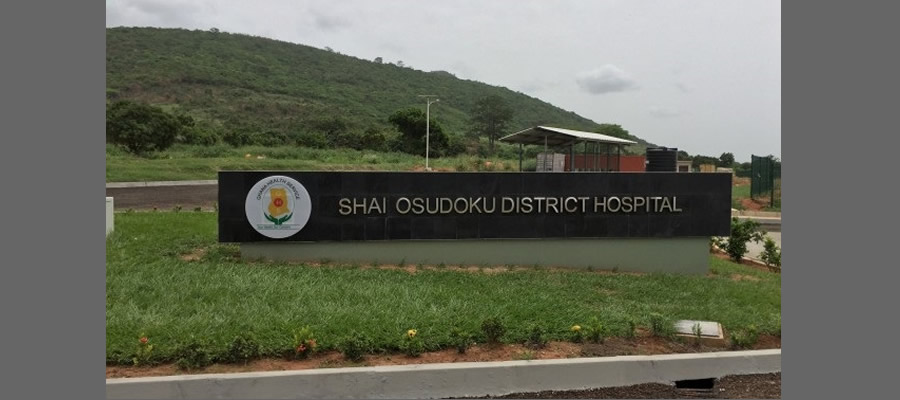
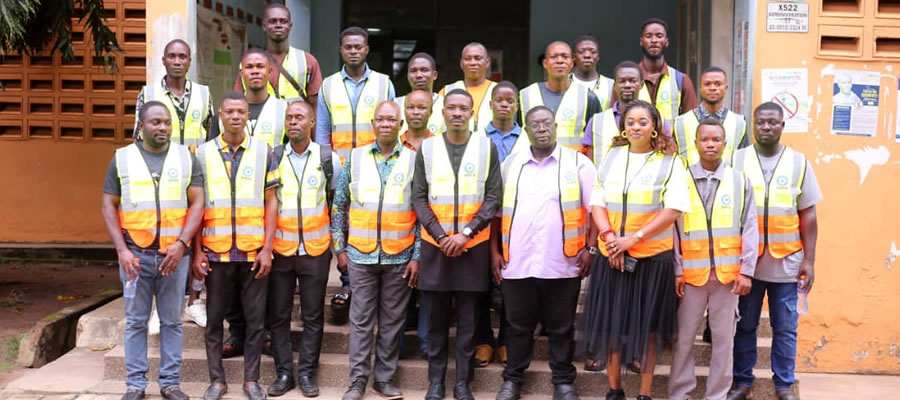
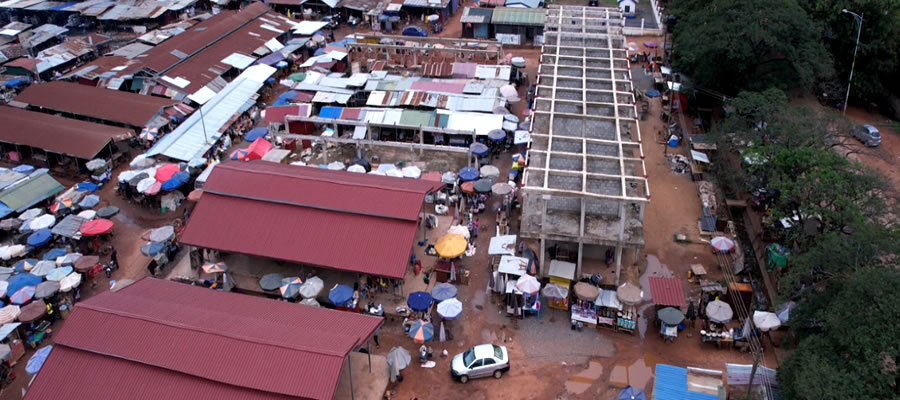
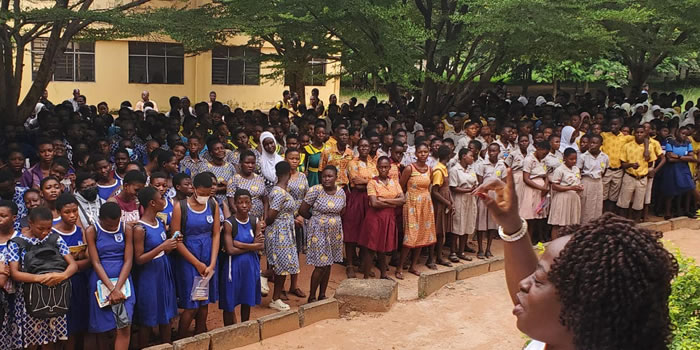
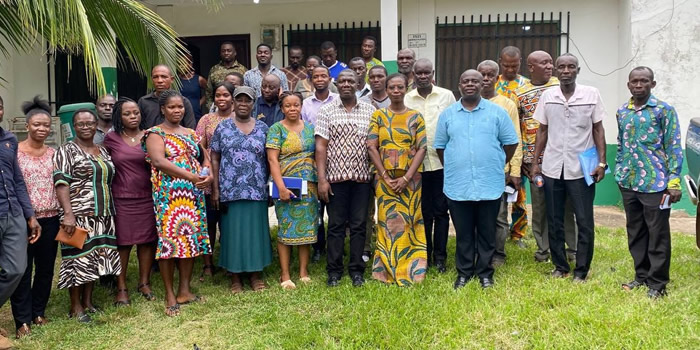


 facebook
facebook
 twitter
twitter
 Youtube
Youtube
 +233 593 831 280
+233 593 831 280 0800 430 430
0800 430 430 GPS: GE-231-4383
GPS: GE-231-4383 info@ghanadistricts.com
info@ghanadistricts.com Box GP1044, Accra, Ghana
Box GP1044, Accra, Ghana